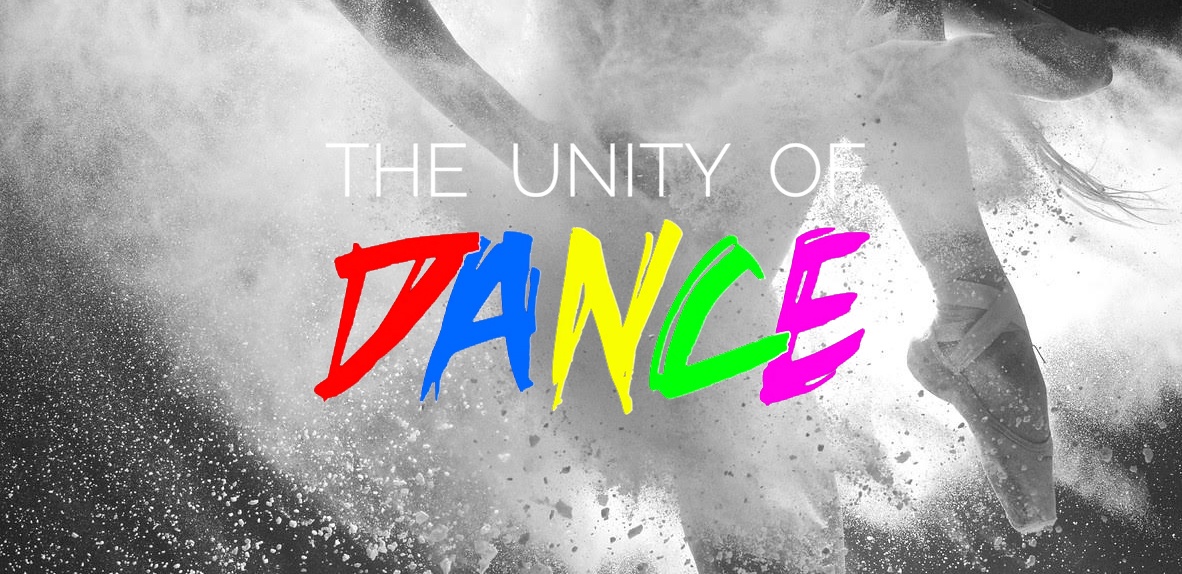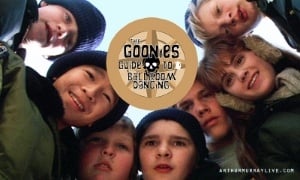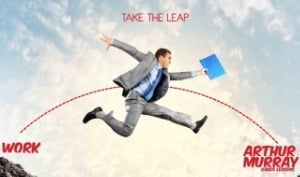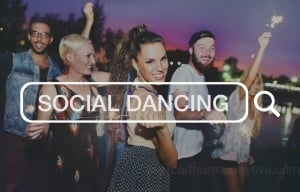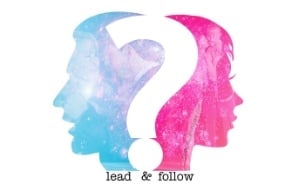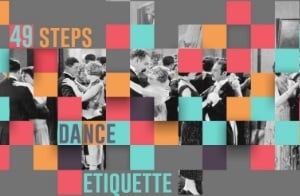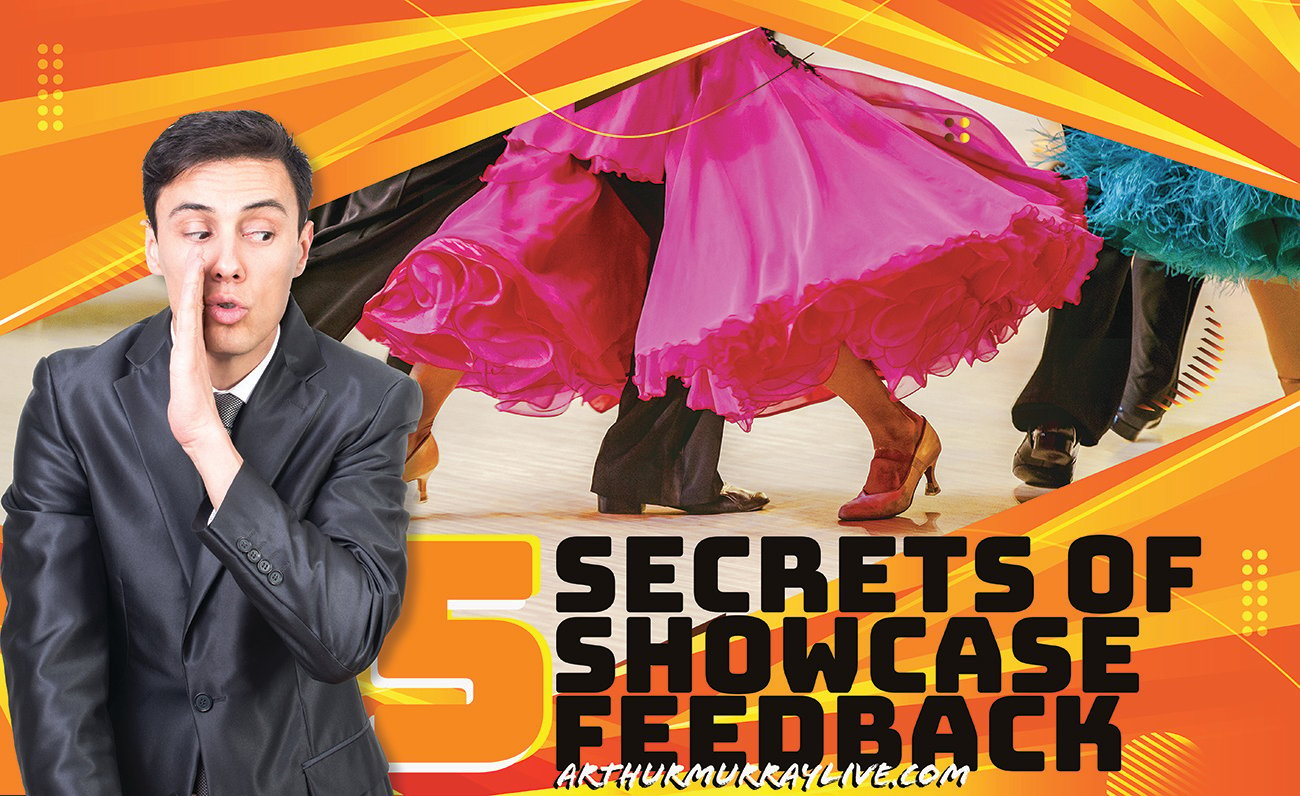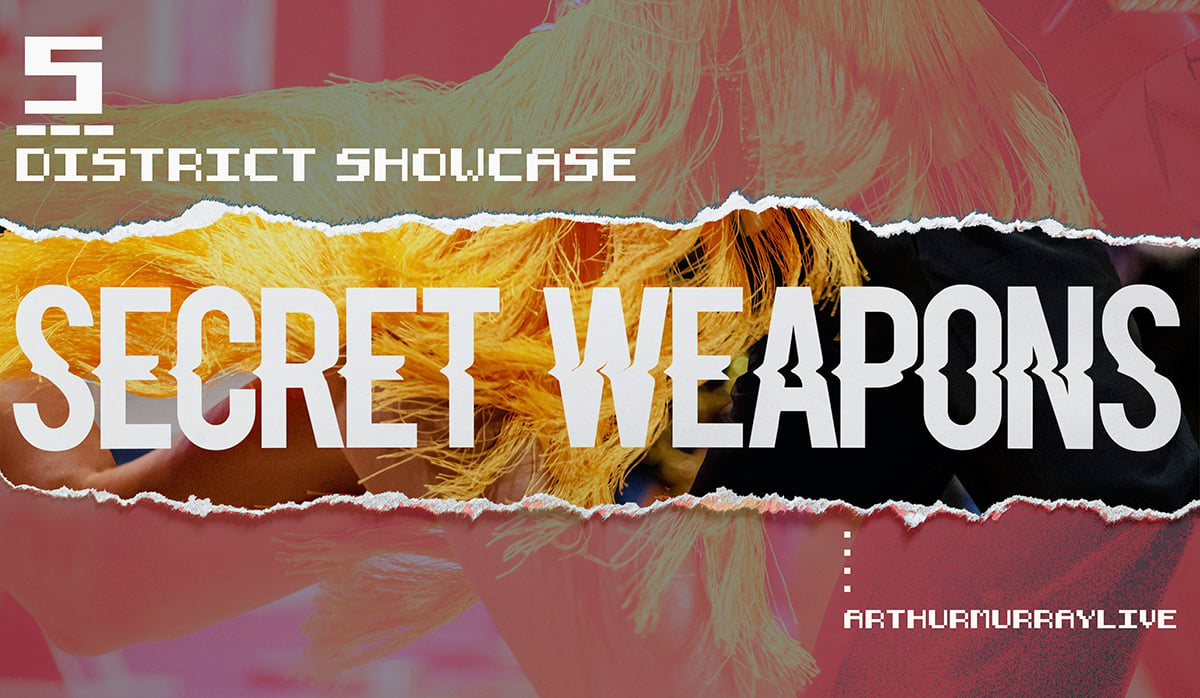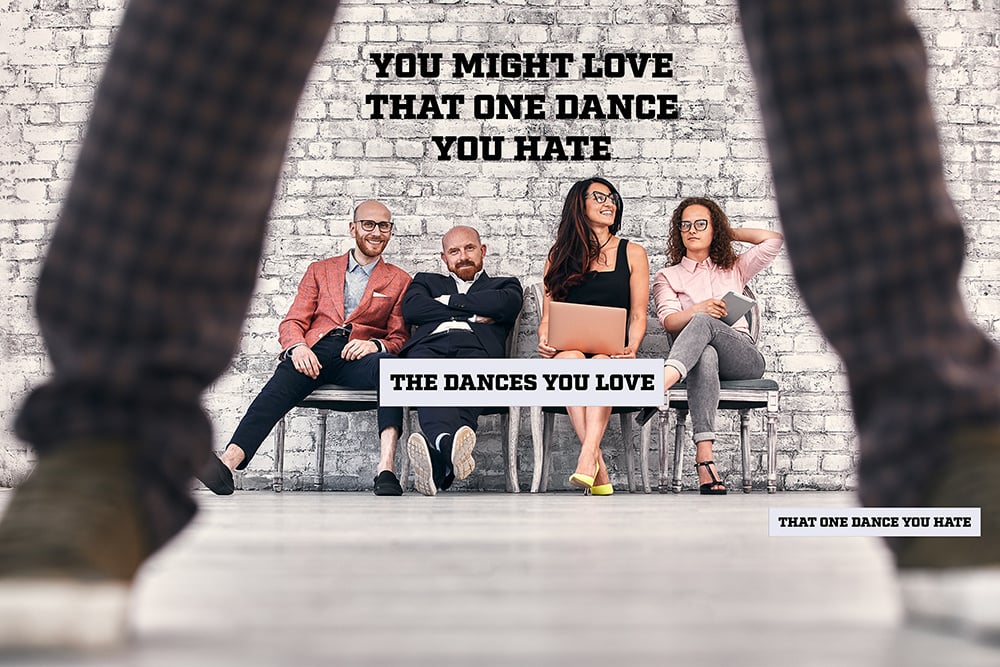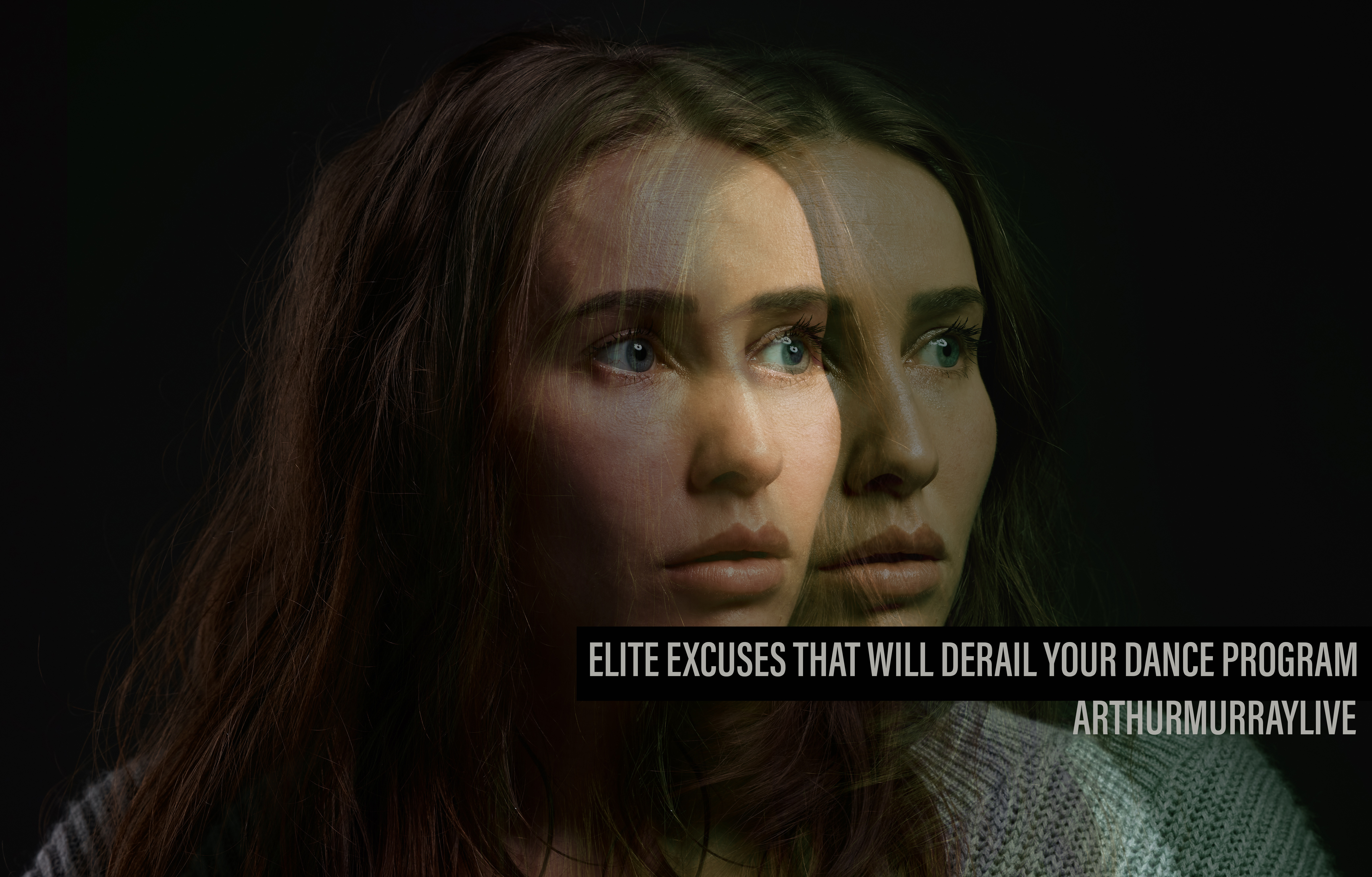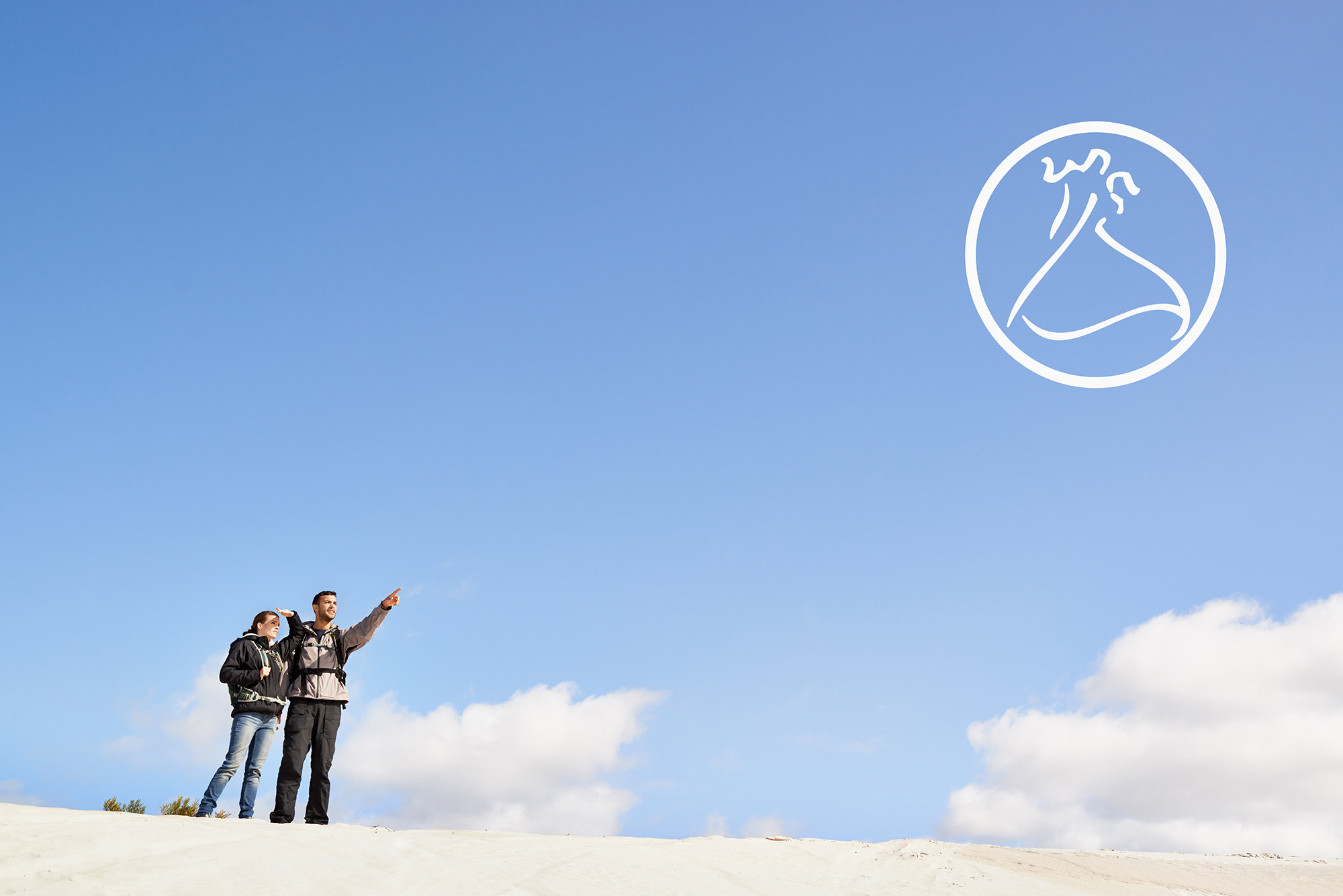Michael Bromberg and Kyle Lau Share 'The Unity of Dance'

Michael Bromberg and Kyle Lau took their combined talents, a shared network, a university class, and a dream to create the short film, "The Unity of Dance".
They shot the film in one day using dancers from a variety of genres to send a message that can, and will, resonate with dancers and non-dancers alike: We are all so much more similar than not.
Regardless of your dance ability, or lack thereof, a community centered around the joy of music and movement crosses all cultures. Their film captures that, and, no coincidence, it matches both Bromberg and Lau's enthusiasm and determination toward this project, and it was quite obvious in our interview.
The Unity of Dance from HopSkip Cinema on Vimeo.
AML: What was the impetus behind this project.
 Kyle: Michael and I are friends. We went to UCLA together. We both make films. For me, I come from a dance background. It sounds corny, but I had this dream where I saw this ballerina on stage doing a pirouette and that transitioned into a breakdancer doing a windmill.
Kyle: Michael and I are friends. We went to UCLA together. We both make films. For me, I come from a dance background. It sounds corny, but I had this dream where I saw this ballerina on stage doing a pirouette and that transitioned into a breakdancer doing a windmill.
It just showed me how unity in dance was great. Michael and I met up at a friends wedding, hanging out, and he had a great idea of making a video featuring dancers from around the world, and our ideas just matched up perfectly.
And then one idea led to the next, and we were like 'then we could from this style of dance into this style', and our whole piece seemed to travel
 Michael: Kyle and I have been friends for a long time and we were always looking for opportunities for us to work together, and the fact that we sort of had a similar idea just seemed like the perfect opportunity.
Michael: Kyle and I have been friends for a long time and we were always looking for opportunities for us to work together, and the fact that we sort of had a similar idea just seemed like the perfect opportunity.
AML: So was this a school project?
Michael: I'm back in UCLA in graduate school for film, but Kyle is out in the world working.
The thing that was really the catalyst for this is that I'm in a class where we have access to stages, and cameras, and lenses, and lighting all available to us, and the teacher said, 'if anyone has an idea for something that we can make while we are in this class together', and I said, 'I do'.
I pitched the idea to the class, and I called Kyle that night, and I said, 'this is the opportunity. We can basically do all of this for a really minimal cost', and we set a deadline. Then we said, 'Okay, in about a month and a half we are going to do it, and we are going to do all the work it take to get the eight different dance crews, and we're going to make it happen.'
AML: How did your class respond?
Michael: They really doubted our ability to make it happen. You're going to get all these dancers to come in on the same day? You're going to get a song created? No way. No way are you going to be able to do this. And I just said, 'No I will, trust me, trust me.'
But once they all saw that it was all real, they loved it.
My teacher was there the whole time, and was having a blast. We did it all in one day. There's a good amount of things happening, so logistically it was as much an achievement as anything.

AML: Was there anything that was unique about capturing dancing on film versus, say, any other things you guys have done?
Kyle: Well I shoot a lot of dance videos, but the big difference between this and, say a short film, is to capture the breadth and the spectrum of what is going on.
To have a lot of wide shots and having to see the full body and capture the lines of the dancers is something that we emphasized and wanted to make sure that we are true to the dance form.
Like West African versus Samba versus Ballet have all their own unique styles and flows, so matching that with camera movement was, hopefully, our goal and I think we achieved that pretty well.
AML: Was there a point where you felt like the project was really coming together?
Michael: Yeah, absolutely. The first dance that we did was with the Polynesian dancers. We spent an hour or two hours before, before the dancers even came on stage, just setting up the lights, hanging curtains from these hangers to set up a miniature black box for the dancers to dance in, and still that was all just technical stuff.
But once those Polynesian dancers came on stage, I feel like everybody, all our crew members, felt the buzz. 'Wow, they're really doing it. They're dressed up, they're looking good.' And then the ball was rolling. At that point we had an hour for every dance crew and then it was time to move. And I think the crew really fed off the energy of the dancers.
Kyle: On top of that, another credit to UCLA, for giving us, basically, we had a whole side sound stage, a rehearsal sound stage, where all the cast members would come into town, hang out, warm up, get into costume, stretch, that was the prep room so that once they were ready, boom, we could go back, to back, to back, to back.
Which was fun because we could go from a Polynesian dancers, to a tap dancer, etc.
AML: Did you guys draw any inspiration from dance TV shows, or were you trying to stay in your own lane?
Michael: I'm a big music video fan. One thing that we watched was the Bruno Mars, 'That's What I Like' video, and the show World of Dance is something I'm a fan of. Definitely something I was watching.
Kyle: Really weird and specific reference I was watching before filming this, I was watched New York Export Opus Jazz. It's a really cool, contemporary, dance short film. The way they shoot it is just so beautiful. The sweeping shots, the wides, and the way they used colors, that really helped my visuals.
AML: So you mentioned that you were at a wedding together. Were you dancing at the wedding at all?
Michael: I was filming the wedding as a side job.
Kyle: And I was dancing.

AML: Okay, so since you've filmed a lot of weddings, do you have any opinions on what people are doing these days for their wedding dances?
Michael: I have filmed a couple of Indian weddings, and I don't know if you've been to any Indian weddings, but they always do incredible dance numbers. And often times it is the bride and groom. That is awesome. When we were figuring out what dances we wanted to have in this thing, Indian dancing were a 100% must, because I'd seen it in person, and filmed it, and it looks so good on camera.
Going back to what inspired us, I'm a big fan of Bollywood. So, it was really important to me that we had a Bollywood element. In our video, in the Bollywood section, the camera goes high. We got a crane that took the camera about 15 to 20 feet in the air so we could capture it from above. That was our way of doing something special for the Indian dance; we didn't use that crane for any other dances.
Kyle: With every dance style we do something special for that style. Whether it's a transition effect or a special animated visual effect. Each one has their own special thing.

AML: Alright great! So this next question is one we often ask of our staff and people we're interviewing: If you could go back to a moment in time and be the best dancer in the room, what moment would that be?
Michael: I'm a huge a fan of Singing In The Rain, like that era. To be honest, I'm a film guy, I'm not a very good dancer. Kyle is amazing, but I'm not a good dancer at all. But if I could be on the set of Singing In The Rain, and dance with the guys and girls in that movie, that would be great. I love that movie. I saw that movie as a little kid. I know that's sort of the all-time dancing classic. That's a place I'd like to be.
Kyle: Well then, I hate to toot my own horn, but I have never lost a dance battle. I'll jump off of Michael's answer though and say that I would've loved to have done a one-on-one dance off with a Fred Astaire or a Gene Kelly. Those guys are insane.
I just watched a video of Gene Kelly doing a tap routine with simple props, like just a piece of paper and other things on an empty stage, and it was amazing. No one does that kind of stuff any more. It's so incredible.
Michael (to AML): And now I'm curious about your answer.
AML: Well, good question; I was a basketball player and my buddies and I used to make fun of ballroom dancers, which is funny now.
There was a couple moments, but there was a period of time when breakdancing stopped being cool. I used to love watching the videos and my sister and I would try popping and locking and stuff like that. Then I went to this summer camp and they literally had a barn dance, and I was there with my cousin and we had to find dates. You literally had to ask a girl at the camp to be your date to go to the barn dance, and so I lied about my age - I was 11 and I said I was 13 - and I asked this girl and she agrees.
The problem is I had no clue what to do on the dance floor, and so all I did was copy this dude next to me. The guy was, like, shadowboxing, so he looked like he was hurting somebody. So if I could've gone back to that moment as a great dancer, that would be my moment.
AML: So, moving on, was this your first collaboration together? And if so, what's the next thing?
Kyle: It was our first collaboration and I thought it worked really well. I'm proud of what we did, and I'm hoping what comes out of it is more opportunities to shoot more videos like this. Whether it's somebody asking us to make a music video or a fashion video or just a dance video. I just hope more projects will come.
We're really trying to get this out there as much as possible. Because we think it's cool, it has a good message, and because we think people will like it, but also because hopefully more projects will come.

AML: So maybe a video centered exclusively on ballroom dancing and set in Northern California?
Kyle: (laughs) Exactly. But it's crazy cause I grew up going to Southland Mall in Hayward. I grew up in San Mateo and Foster City, so it's crazy just talking to you now. It's funny how dance, especially in the Bay Area, it's a huge part of what kids do. It's a huge part of everything. I'm glad the Bay Area is still a solid spot for all kinds of dance.
AML: Definitely! Will you be submitting this video to any festivals or competitions or anything like that?
Kyle: We definitely will. I know, Michael, you sent it in to a couple of festivals.
Michael: Yeah, we submitted it to the Los Angeles Film Festival. And there's another one that takes place in downtown LA, and that would be wonderful. We're on the lookout for any and all festivals.
 AML: What was the coolest thing about this project for you?
AML: What was the coolest thing about this project for you?
Kyle: One of the coolest things about this project is networking with dancers from all different facets.
The choreographer, this amazing woman named Karen Chuang, dances for Lady Gaga and Will Smith and all these famous people, but she took the time and came out and corralled a bunch of different styles and was able to really make it happen.
[Karan Chuang - pictured left]
AML: How did you guys end up connecting with her?
Kyle: Karen and I are friends from UCLA too.
 I worked Family Guy, and now I work for CBS Studios, so this was a nice way to collaborate with some of the coolest UCLA alums out there right now.
I worked Family Guy, and now I work for CBS Studios, so this was a nice way to collaborate with some of the coolest UCLA alums out there right now.
So Karen did all the dancing stuff, one of our musician friends is touring with a hip hop artist named Logic [pictured left] and he was able to help create the music for it.
All these friends-of-friends who like each other's work came together to really make this work.
AML: What do you hope the audience feels from watching your film?
Kyle: The biggest message, kind of tapping into what's going on right now, is that despite it all we are all the same.
We are all united by music and dance.
It doesn't matter where you're from: you could be poor, you could be rich, you could be white, you could be black, you could be Asian, but the movement of your body, that joy, unifies people.
That message, personified through dance, is what we're trying to get out. And hopefully that can propel further spreading of love and joy. Very cheesy I know, but especially I feel like in times like these, we need that more than ever.
If you enjoyed this interview, let us know by becoming an Arthur Murray Live subscriber! You'll get dance advice delivered straight to your inbox.
Photo Credits:
- Karen Chuang picture | Visit Karen Chuang on her website www.karenchuang.com
- Logic photo | Listen to Logic on Soundcloud
- Singin' in the Rain | Screenprism



